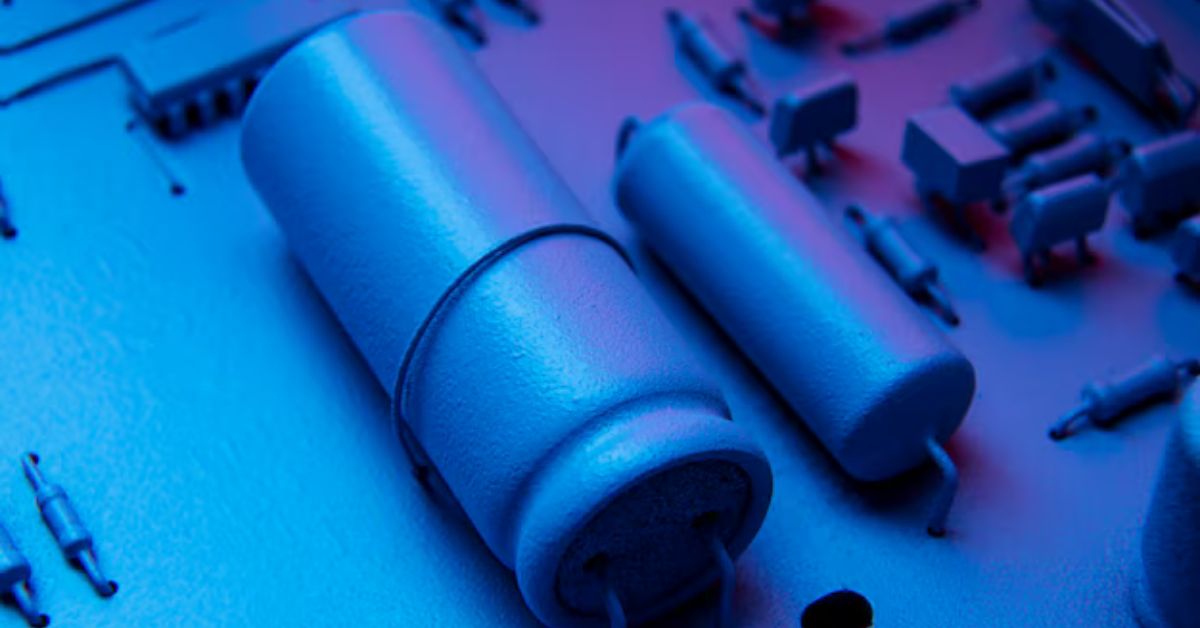Manually turning over the engine on a Yamaha V-Star 1600, whether for diagnostic purposes, maintenance, or other reasons, requires careful attention to ensure proper handling and avoid damage. This guide will walk you through the process, providing detailed instructions and tips to successfully turn over your engine manually.
Understanding the V-Star 1600 Engine
The Yamaha V-Star 1600 is a popular cruiser motorcycle known for its robust V-twin engine. The engine’s design includes two cylinders arranged in a V configuration, and it uses a combination of mechanical and electronic components to operate. Understanding how the engine works will help you perform maintenance tasks more effectively.
Safety Precautions
1. Disconnect the Battery
Before starting any manual engine work, ensure the battery is disconnected to prevent accidental electrical issues or sparks. Remove the negative terminal first, followed by the positive terminal.
2. Check for Oil Levels
Verify that the engine oil is at the proper level. Low oil levels can cause damage when turning the engine manually. Check the oil level using the dipstick or oil sight glass, and top up if necessary.
3. Ensure Proper Ventilation
Work in a well-ventilated area to avoid inhaling any fumes that might be released from the engine or other components.
4. Wear Protective Gear
Use appropriate safety gear, including gloves and safety glasses, to protect yourself from potential hazards such as moving parts or small debris.
Tools and Equipment Needed
1. Socket Wrench and Socket Set
A socket wrench with a socket set is essential for removing any covers or components that may obstruct access to the engine’s turning mechanism.
2. Torque Wrench
A torque wrench ensures that any bolts or nuts you adjust are tightened to the manufacturer’s specifications.
3. Spark Plug Wrench
You will need a spark plug wrench to remove the spark plugs, which may be necessary to reduce engine resistance while turning the engine manually.
4. Inspection Light
An inspection light helps you see clearly in low-light conditions and ensures you can work effectively on the engine.
Accessing the Engine
1. Remove Engine Covers
Depending on the model year and specific setup of your V-Star 1600, you may need to remove engine covers or other components to access the engine’s turning mechanism. Use a socket wrench to remove bolts securing these covers.
2. Locate the Crankshaft
Identify the crankshaft, which is typically accessible through the inspection covers or other openings on the engine. The crankshaft is the main component that you will turn manually.
3. Check for Obstructions
Ensure there are no obstructions around the engine that could interfere with the manual turning process. This includes checking for tools, debris, or any loose components.
Manually Turning the Engine
1. Remove Spark Plugs
To reduce resistance and make turning the engine easier, remove the spark plugs using a spark plug wrench. This step is especially important if you’re turning the engine by hand.
2. Turn the Crankshaft
Use a suitable tool, such as a socket wrench, to turn the crankshaft manually. Attach the socket to the crankshaft pulley or flywheel nut and gently turn it clockwise.
- Clockwise Rotation: Turning the crankshaft clockwise is generally the standard direction for manual rotation.
- Resistance: Feel for any unusual resistance or tight spots as you turn the crankshaft. Some resistance is normal, but excessive resistance may indicate a problem.
3. Check Engine Movement
As you turn the crankshaft, observe the movement of the engine components. Ensure that the pistons move smoothly within the cylinders, and listen for any unusual sounds that could indicate internal issues.
Reassembling the Engine
1. Reinstall Spark Plugs
Once you’ve completed the manual turning process, reinstall the spark plugs. Tighten them to the manufacturer’s specifications using the spark plug wrench.
2. Replace Engine Covers
Reattach and secure any engine covers or components that were removed during the process. Ensure that all bolts and screws are tightened to the recommended torque specifications.
3. Reconnect the Battery
Reconnect the battery terminals, starting with the positive terminal followed by the negative terminal. Ensure that the connections are secure and free from corrosion.
4. Check Fluid Levels
Verify that all fluid levels, including oil and coolant (if applicable), are at the proper levels before starting the engine.
Testing and Final Checks
1. Start the Engine
With everything reassembled, start the engine to ensure that it runs smoothly. Listen for any abnormal sounds or vibrations that could indicate issues.
2. Monitor Engine Performance
Observe the engine’s performance and check for any signs of leaks, unusual noises, or performance issues. Address any problems promptly to avoid further damage.
3. Perform a Final Inspection
Conduct a final inspection of the engine and surrounding components to ensure everything is in place and functioning correctly.
Troubleshooting Common Issues
1. Engine Hard to Turn
If you experience difficulty turning the engine manually, check for potential issues such as a seized crankshaft, internal damage, or a problem with the starter motor. Consult a professional mechanic if needed.
2. Unusual Noises
Unusual noises during manual turning can indicate problems such as damaged bearings, valves, or pistons. Further inspection and diagnosis may be required.
3. Fluid Leaks
If you notice any fluid leaks after reassembling the engine, identify the source of the leak and address it immediately to prevent damage.
Conclusion
Manually turning the engine on a Yamaha V-Star 1600 involves a careful process of preparation, execution, and reassembly. By following these steps, you can ensure that you handle the engine safely and effectively. Whether you are performing routine maintenance or troubleshooting issues, understanding how to manually turn over the engine will help you maintain optimal performance and longevity of your motorcycle. Always prioritize safety and consult a professional if you encounter any difficulties beyond basic procedures.











